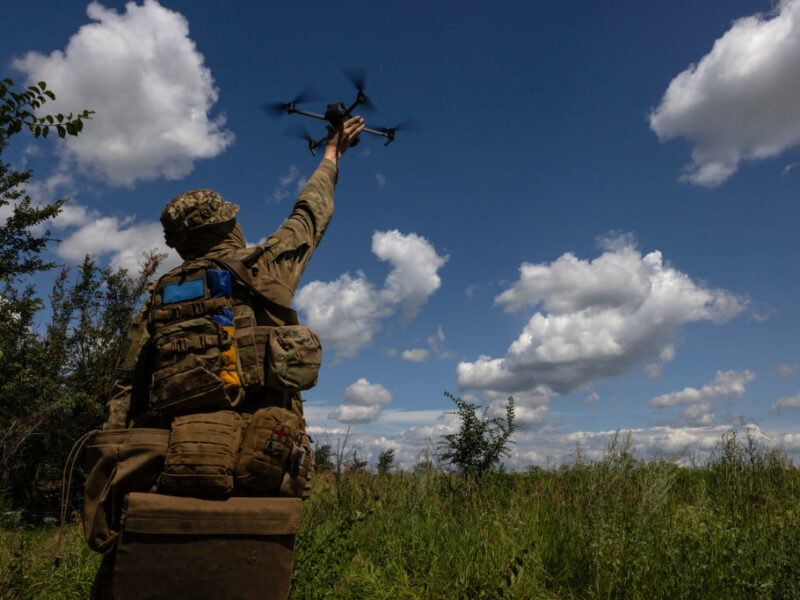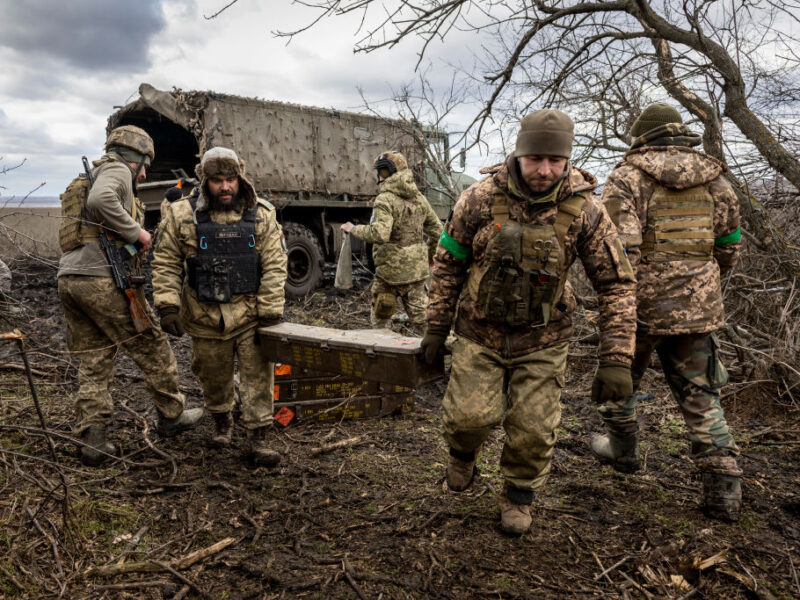Military Walk – A Texas A&M Tradition

It has been at the heart of the campus of the state’s oldest public university for more than a century, but Saturday it was formally brought back to life in renewed grandeur–Military Walk at Texas A&M University.
Restoration of the tradition-laden walkway – which stretches for more than a quarter-mile and is dear to the hearts of tens of thousands of Aggies–was made possible by a $4 million gift by a 1951 Texas A&M graduate and former member of the Corps of Cadets, Dan A. Hughes of Beeville.
The 2,000-member Corps of Cadets, led by the Aggie Band, paraded on Military Walk Saturday morning as part of the walkway’s formal opening, an occasion marked by an address by Gov. Rick Perry.
The governor, a 1972 Texas A&M graduate and former member of the corps, cited the significance of Military Walk and joined in thanking Hughes for his gift to the university.
“Since the first 40 Aggies started school some 134 years ago, this remarkable university has emphasized the development of a student’s character as much as his or her intellect,” Gov. Perry said. “As a result, Aggies have played essential roles in our state’s development and served with distinction in our nation’s ongoing defense of freedom.
“Today, we are gathered to resurrect an essential Aggie tradition that connects the student of this and future generations with the long maroon line that stretches back into the mists of time. For generations, this path formed a vital artery across the campus and was well-worn by the tread of countless senior boots.”
Hughes’ sentiments regarding the occasion were captured in the “restoration celebration” program, in which he said: “As you travel along this walk, may you follow in the footsteps of those who have gone before with honor and optimism – and with the intent to pave the way for future generations of Aggies who will take their own bold steps, walking this walk with integrity, dedication to excellence and commitment to selfless service.”
When he announced his gift last year, Hughes, who majored in geology at Texas A&M and has had a long and successful career in the oil and gas business, said the project “is important to recognizing the history of Texas A&M and the tradition of leadership of the Corps of Cadets.”
He said Saturday he hoped the restored Military Walk would inspire more future students to join the Corps.
In accepting widespread thanks for having given to the university –for the Military Walk restoration as well as for other gifts and forms of support benefitting the institution – Hughes responded by saying that Texas A&M “has given me much more.”
Texas A&M President R. Bowen Loftin also spoke at the restoration celebration, along with others, including the Corps’ top cadet, David M. Keim, a history major who calls College Station home.
“Today, thanks to Dan A. Hughes, we are here to celebrate the grand reopening of Military Walk,” Loftin told the crowd of students, faculty, staff and others in attendance. “This has already added significantly to the artistic landscape of the central part of our campus and reminds us daily of the importance or our Corps of Cadets as the lifeblood of this great institution.”
Cadet Col. Keim presented Hughes a ceremonial Corps of Cadets saber as a means of expressing gratitude on behalf of the entire corps.
The Military Walk reopening kicked off a “9/11” day of observance at Texas A&M that was to later include the honoring of members of the military and first responders at the Aggie-Louisiana Tech football game at nearby Kyle Field.
Military Walk, which is approximately 1,500 feet long, is the north-south axis of the campus, linking the Sbisa Dining Hall area to the Rudder/Memorial Student Center complex in the heart of the campus. It passes between several campus landmarks, including the stately Academic Building and the YMCA, once the center of student life and which is also being restored and expanded.
The restored Military Walk features a combination of bricks and limestone pavers with historic markers and landscaping enhancements along the way. It is now considered a major campus focal point by students, former students and others.
Military Walk evolved from a dirt road in the early 1880s to a narrow paved street in the early 1900s to a series of sidewalks laid in the 1970s. For decades, it was where thousands of Aggies, including scores of future generals and other top leaders, assembled daily when Texas A&M was small and almost all students were men and required to be members of the Corps of Cadets.
Today, Texas A&M’s enrollment is approaching 50,000, including almost 23,000 women. Participation in the corps is now strictly voluntary and open to both men and women – with membership this year the highest in 12 years.
Media contact: Lane Stephenson, Texas A&M News & Information Services.





